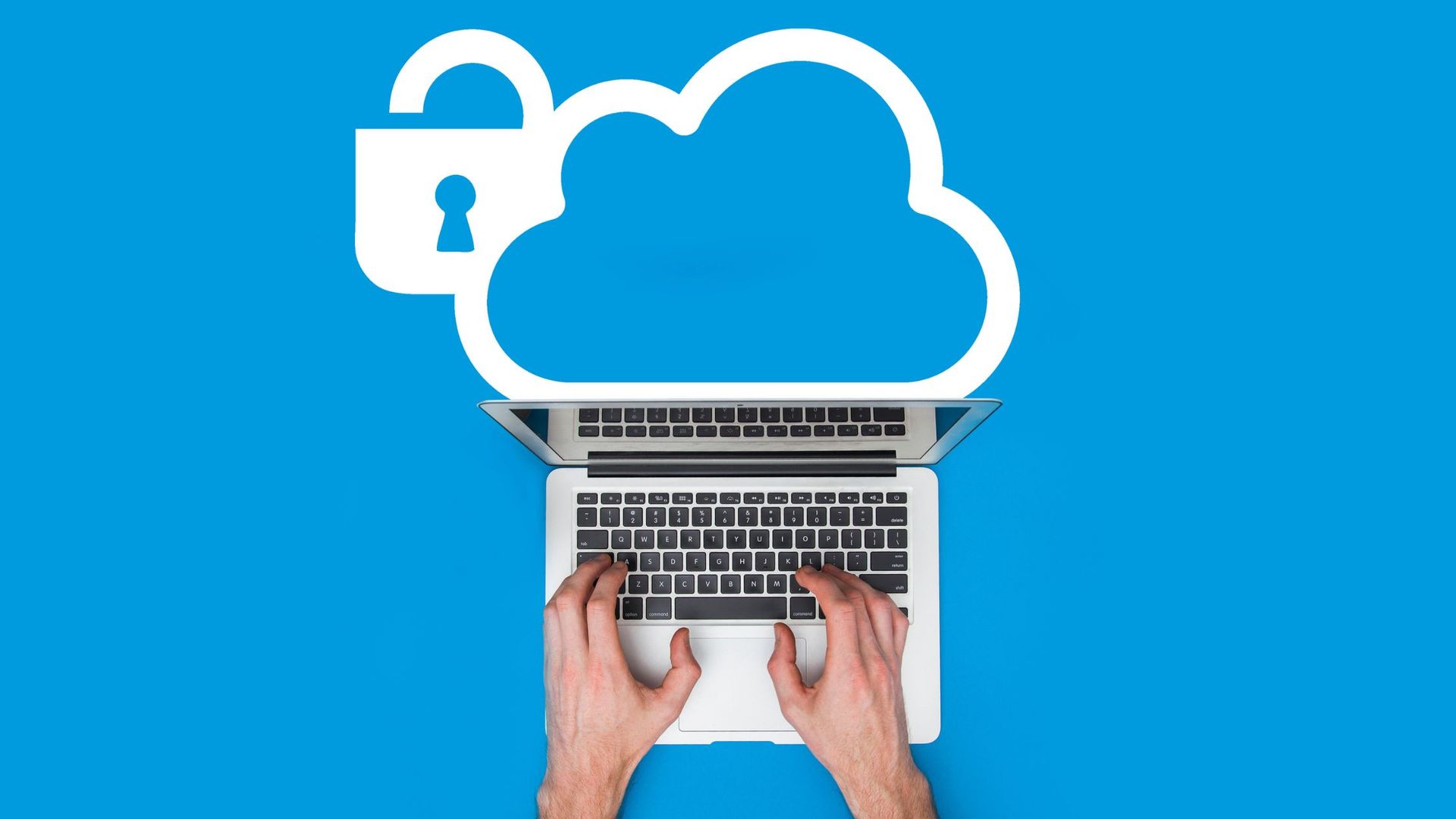Do Cell Phones Really Use VoIP?
Essex County do you ever wonder how crystal-clear voice calls travel through your smartphone instead of clunky traditional phone lines? The answer might surprise you: yes, cell phones often utilize a technology called VoIP (Voice over Internet Protocol)! While traditional networks still exist, VoIP is increasingly playing a key role in modern mobile communication.
What is VoIP?
Imagine your voice not as sound waves, but as tiny digital packets. VoIP takes your voice, converts it into these packets, sends them over the internet, and then converts them back into sound at the other end. Think of it like translating your voice for a digital journey!
How Does it Work on Cell Phones?
Instead of directly connecting to traditional phone towers, your cell phone might use Wi-Fi or cellular data networks to send and receive these VoIP packets. This allows for:
- Clearer Calls: Say goodbye to crackly connections! VoIP can often offer better audio quality compared to traditional networks.
- More Features: Features like video calls, voicemail transcription, and call recording are often powered by VoIP technology.
- Cost-Effectiveness: Making calls over the internet can be cheaper than using traditional networks, especially for international calls.
Not All Calls are Created Equal:
While VoIP is increasingly common, it's not the only way your phone makes calls. Traditional cellular networks are still used, and your phone might automatically switch between them depending on factors like signal strength and cost.

So, Do All Cell Phones Use VoIP?
Not all, but many do! Here's the breakdown:
- VoIP-capable phones: These smartphones have built-in software and hardware to handle VoIP calls. They connect to the internet via cellular data or Wi-Fi to utilize VoIP services.
- Traditional phone calls: Some phones still rely on traditional cellular networks for calls. These calls might not be classified as "VoIP" even though they travel through complex networks.



